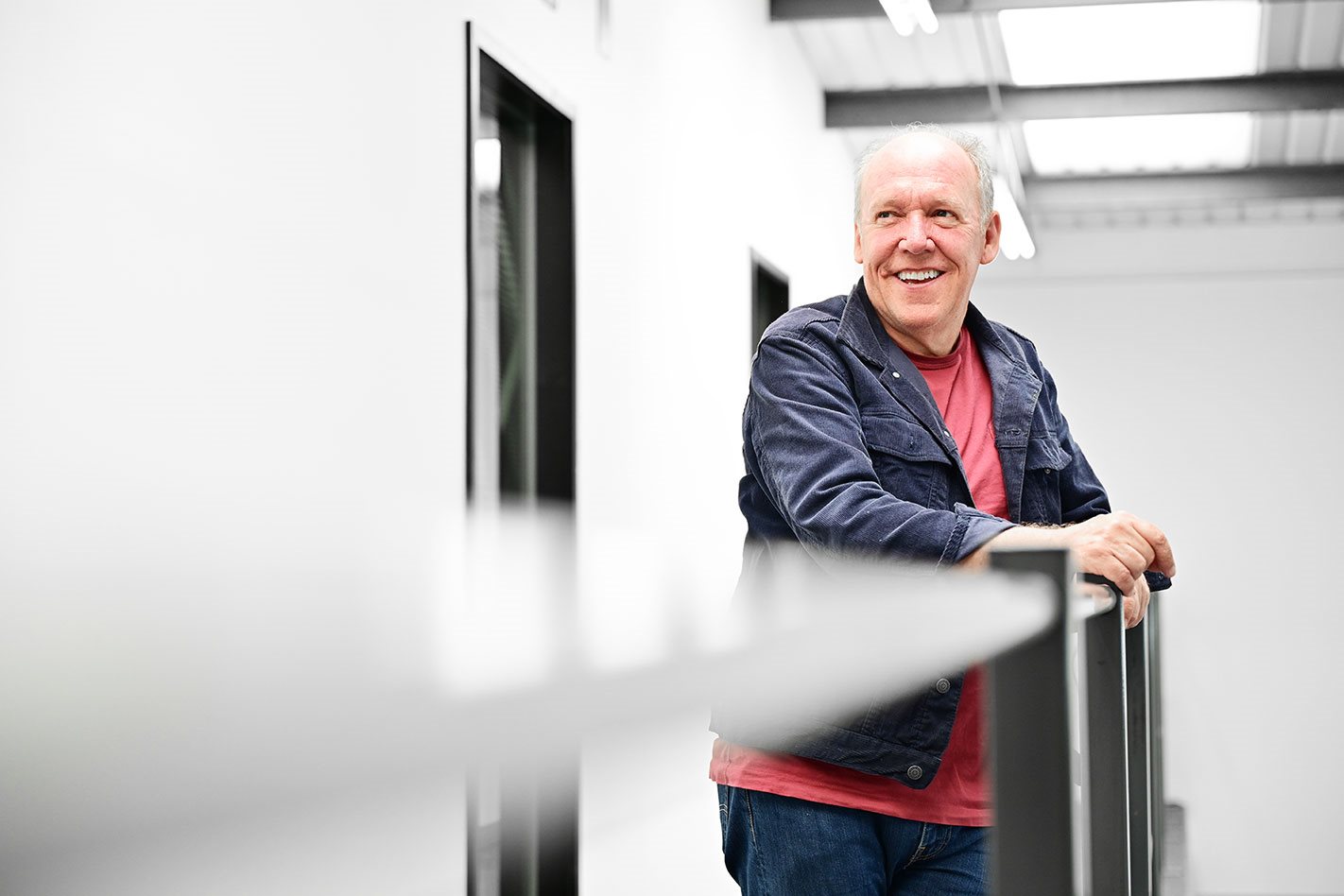Although I reflect on it a lot, when Alex Inwood asked me to write on the future of car design, I wondered where to begin. The rate of change is astonishing, and that’s a huge challenge for younger designers. It’ll be difficult for them because the car industry is in a state of unknowing, and that dissipates right down through the business. This offers either a state of confusion or of opportunity. The smarter designers will see the latter, and from that they can actually influence the future.
That’s because designers are in a greater position than ever to act as agents of change. I will get challenged on this but there’s nobody else in the business who knows more about the car. Perhaps you can make a case for the chief engineer or the vehicle line director, but take any interior or exterior part and ask them about the story of that part. Nobody knows the backstory of that part more intimately than the designer. This unique role in the business means that the design team needs to be involved at the very start of product planning, to bring the passion and the energy to push hard for what they think is right.
We can take it as read that electric cars are inevitable. There’s a state of opportunity, where the design team need to become crystal-ball gazers and make some fundamental choices. It really is betting the farm. Volkswagen has been quite clear about this as a result of Dieselgate. They’re going to go electric big time. Is that the right choice or is it an overreaction? I like to think that it’s a sound choice because I’m a great believer in these sorts of products. Whether the infrastructure can cope is an entirely different discussion.
That said, the electrification of cars is making our jobs a little easier. Let’s consider exterior design. When we get back to the overall package, the fulcrum of the car is the cowl height and position (the base of the windscreen). If you have an electric car, you suddenly have more freedom. With an internal-combustion engine in the front, the cowl’s going to be the same height as the engine, and that sets up the shape of the car. That’s why cars have ended up with a very similar profile for a number of years. The physics behind it, the geometry is all the same. With electrification, that freedom starts to open up.
The key frustration with electric cars – especially with sportier cars – is that if by default you have a skateboard platform, you inherently end up with about 125mm of height that you don’t necessarily want. When we go to a generation of pure sports cars, we need to find another way around that, and we could end up with a ‘mid-engined’ configuration for the batteries for that reason.
It’s worth re-examining the fundamentals. Electric cars started out reasonably simple and now there’s a demand for bigger inverters, bigger transformers, bigger electronic accessories, such that space in the front is now being used up almost by default with the components the electric car needs. The dilemma the designer has is that he comes in and says, “I don’t want these components. I want to get the cowl height down.” Do that and you get the freedom to go cab forward and get the sightlines down so you get better visibility of the road.
All too often, before you know where you are, somebody has set up the front package with all this stuff in it and you’re back to square one. The designers have to get in there early, as we did with the Jaguar I-Pace. I look at some electric cars and you’d be hard-pushed to figure out whether they were electric or internal combustion. It’s a missed opportunity. Where you put a transformer is much more flexible than where you put a gearbox. If you don’t get in there quick enough it’ll be too late and you’ll end up with the package you’re given.
That difference is critical because the aesthetic of the car is very important. There are two parts to this. Firstly, consider the inputs the design team has to work with. I had a discussion with a BMW designer about this and their inputs are much more rigid than those at Jaguar. They get set dimensions to work with and they work these dimensions. The profile of the car, the shape of the car is dependent on the input that they get based on people packaging, aerodynamics, cost etc.
We get the same inputs because the world is the same, people are the same, physics are the same, but what we do at Jaguar is we challenge these inputs for the sake of shape and style. Fact. We do. We want a better-looking car. Of course, you can then say, “Okay it’s a better-looking car, but what does it offer?” Well, it offers a better-looking car. That to me, and the buying public, is still important. In the niche market that is Jaguar, we depend on that difference.
We need to be sensitive to change, though. Autonomous driving has the potential to influence design and, at the moment, it holds a slightly negative connotation in terms of design; that the motor car will suddenly become this mobile box. I call it ‘anonymous autonomous’, where the design of the box is very much about function and the aesthetic doesn’t matter. I don’t believe that should be the case. Anything that has to be designed has to be designed properly. No matter how autonomous the world becomes, there will always be people out there, particularly in the luxury market, who want their object of transportation to be a bit more desirable, a bit more exotic and a bit more luxurious, no matter how different the process of using it might be. If you’re renting, hiring or whatever, people will still want to get into objects of desire.
It gets back to branding, and designers are acutely aware of the marketing and the storytelling of the car; what it stands for, what it means. A designer now is someone whose view is quite holistic about what a car is. It’s no longer about stylists with pens and paper, and that’s a fundamental difference, not just in the process, but in the very need for design.
Our role has never been more pivotal, so I was delighted to hear that the Wheels team was planning a special Design Issue. It’s been a privilege to be part of.





